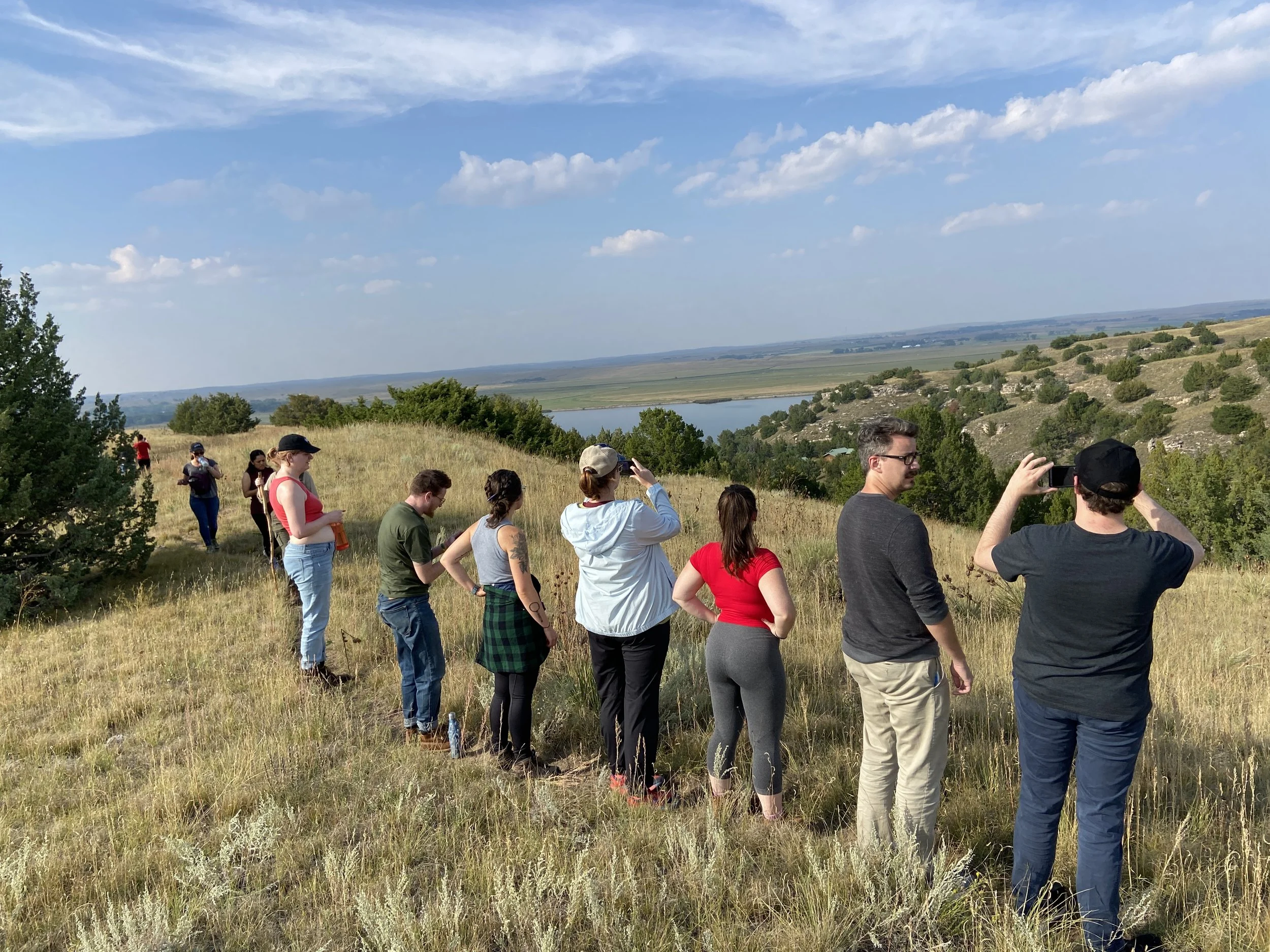Via webcam, migrating sandhill cranes soothe a self-quarantined world
Her street is quiet. “Too quiet,” she writes, “like the total silence after an exceptional snowfall.” A retired professor of plant biology at the University of Bologna in Italy, Anna Speranza hasn’t witnessed the ravages of covid-19 firsthand, but like everyone else, she reads the news, the daily Civil Protection reports, the anguished posts on social media. Once an active volunteer at the local prison, she now spends her days at home in eastern Bologna, watching the blackbirds and the blue tits come and go from her balcony above the street. Naturally optimistic, she’s always scouting for the bright side, but in the midst of a pandemic, in one of the hardest-hit countries in the world, “the feeling of uncertainty and anxiety is always present,” she writes.
So for two to three hours every afternoon, Speranza escapes. She logs on to the Crane Cam, a live webcam hosted by Explore.org at the Iain Nicolson Audubon Center at Rowe Sanctuary on the Platte River in central Nebraska, 5,000 miles away, where the sunrise rarely disappoints and the sandhill cranes are now at the tail end of one of the world’s greatest migrations.
“When I see the sky full of cranes, automatically my heart and mind get filled with joy,” she writes. “Listening to their calls, observing their elegant silhouette, admiring how gracefully they move by dancing — all these things give a lot of energy to my own internal battery.”




